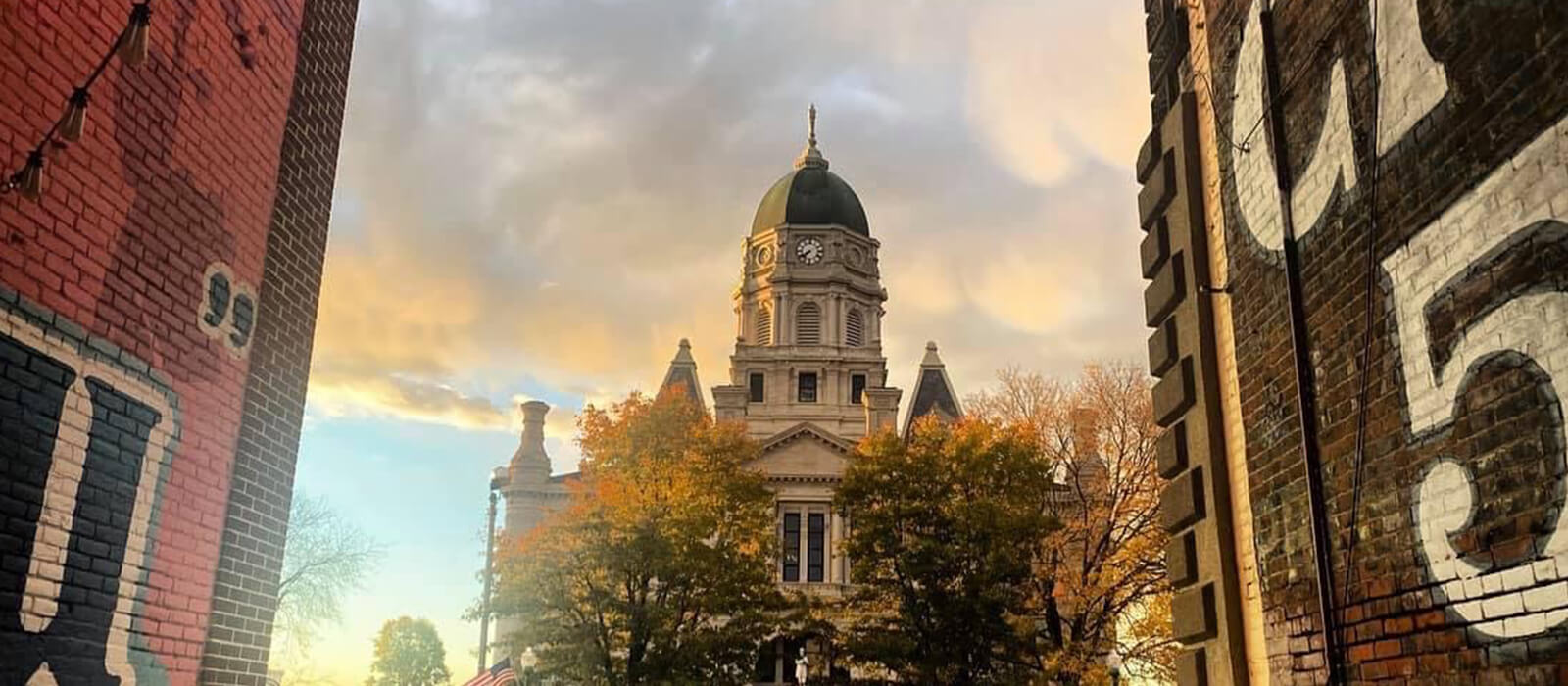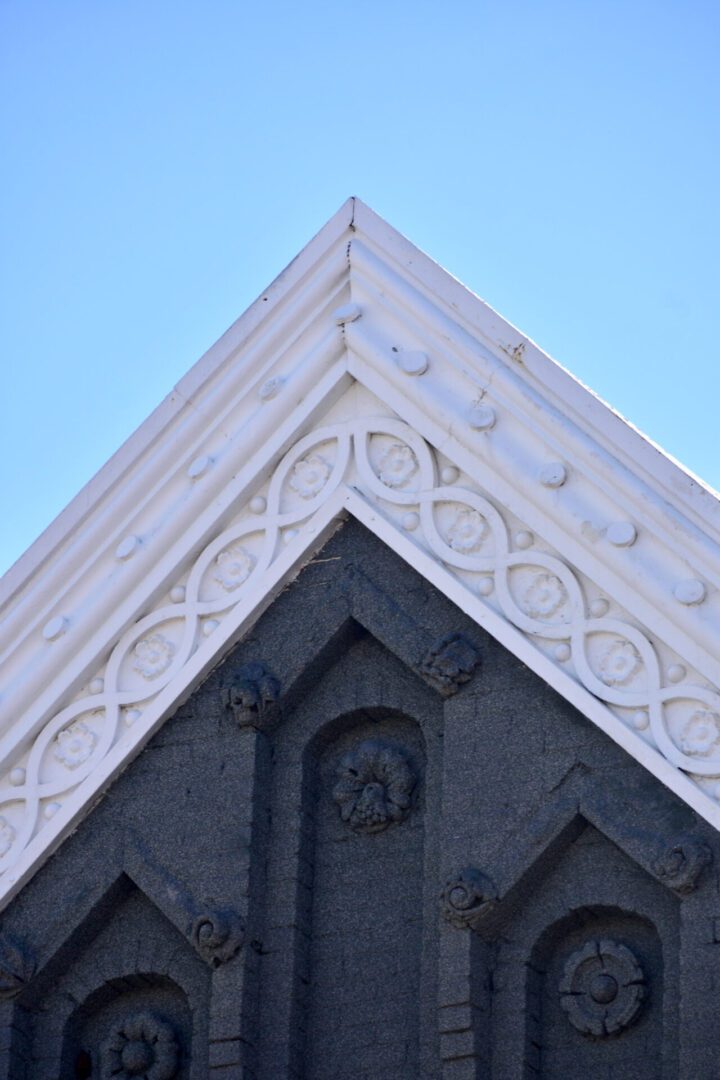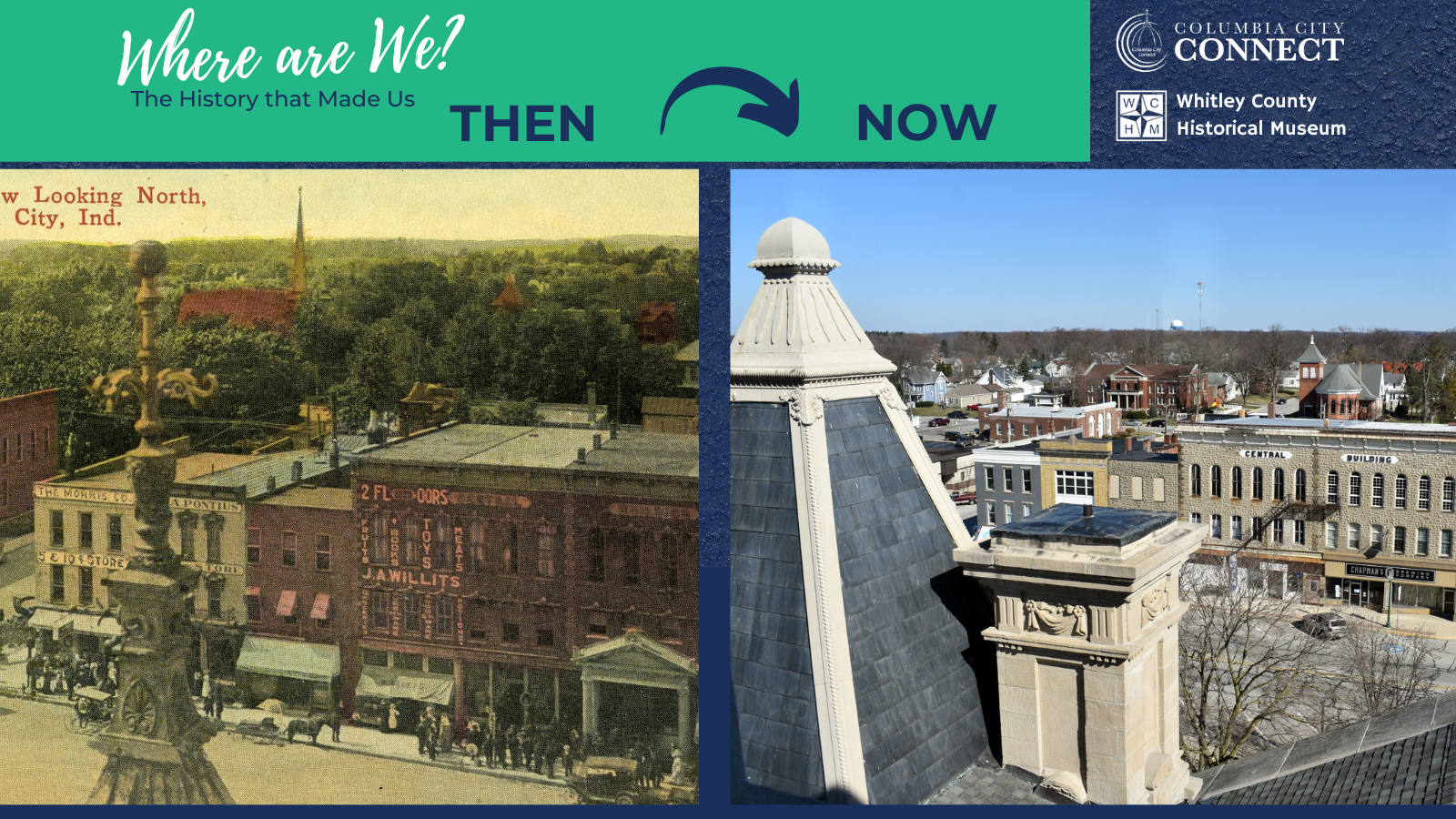
𝐁𝐫𝐢𝐜𝐤 𝐛𝐲 𝐁𝐫𝐢𝐜𝐤: 𝐇𝐨𝐰 𝐭𝐡𝐞 𝐌𝐜𝐋𝐚𝐥𝐥𝐞𝐧 𝐁𝐫𝐨𝐭𝐡𝐞𝐫𝐬 𝐁𝐮𝐢𝐥𝐭 𝐭𝐡𝐞 𝐂𝐞𝐧𝐭𝐫𝐚𝐥 𝐁𝐮𝐢𝐥𝐝𝐢𝐧𝐠 𝐚𝐧𝐝 𝐖𝐡𝐢𝐭𝐥𝐞𝐲 𝐂𝐨𝐮𝐧𝐭𝐲’𝐬 𝐅𝐢𝐧𝐚𝐧𝐜𝐢𝐚𝐥 𝐅𝐨𝐮𝐧𝐝𝐚𝐭𝐢𝐨𝐧
Elisha Lyman McLallen was born February 2, 1836 in New York. When he was eight years-old, his family moved to Whitley County and settled in Richland Township. He grew up in the frontier, but even so his mother fostered a love of education in him. This helped McLallen to get accepted into an academy in Massachusetts to further his studies.
When McLallen had completed school, he returned to Larwill. His first business venture was as a civil engineer for the Chicago & Fort Wayne Railroad. In 1857, he entered a partnership with D.B. Clugston to open a store in the town. He also formed a business relationship with A.R. Clugston which lasted until 1873.
That year, E.L. McLallen and his brother Henry, who was county treasurer, along with Theodore Reed, partnered to open a bank to be located in Columbia City. They named this association E.L. McLallen & Co. Reed would give his interests to the other two at the end of the first year.
The McLallen brothers then purchased from Thomas Washburn a row of buildings located on the north side of Van Buren Street across from the Whitley County Courthouse. These wooden structures were considered in poor condition, and they would end up constructing what we recognize as the Central Building.
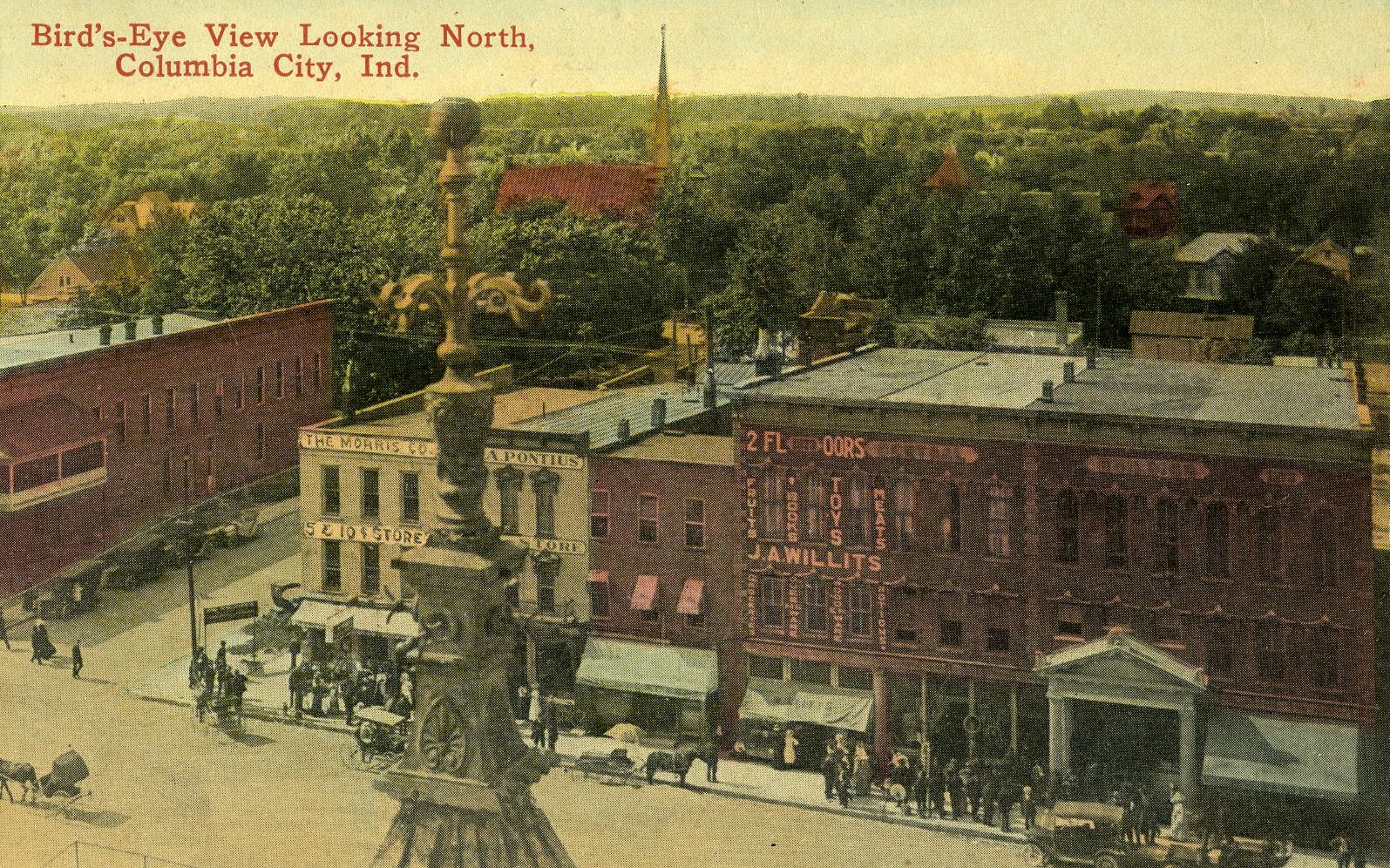
This building was created with the bank in mind, and the McLallens ventured to make it the most secure institution yet for Whitley County. Part of what set this bank apart was the construction of a vault, very modern for its time. Whitley County’s history, as recorded in Kaler & Maring, describes this as the first vault built in the county and it was made of “solid burglar-proof masonry extending fourteen feet below the ground.” It officially opened its doors April 1, 1874 under the name The Farmers’ Bank.
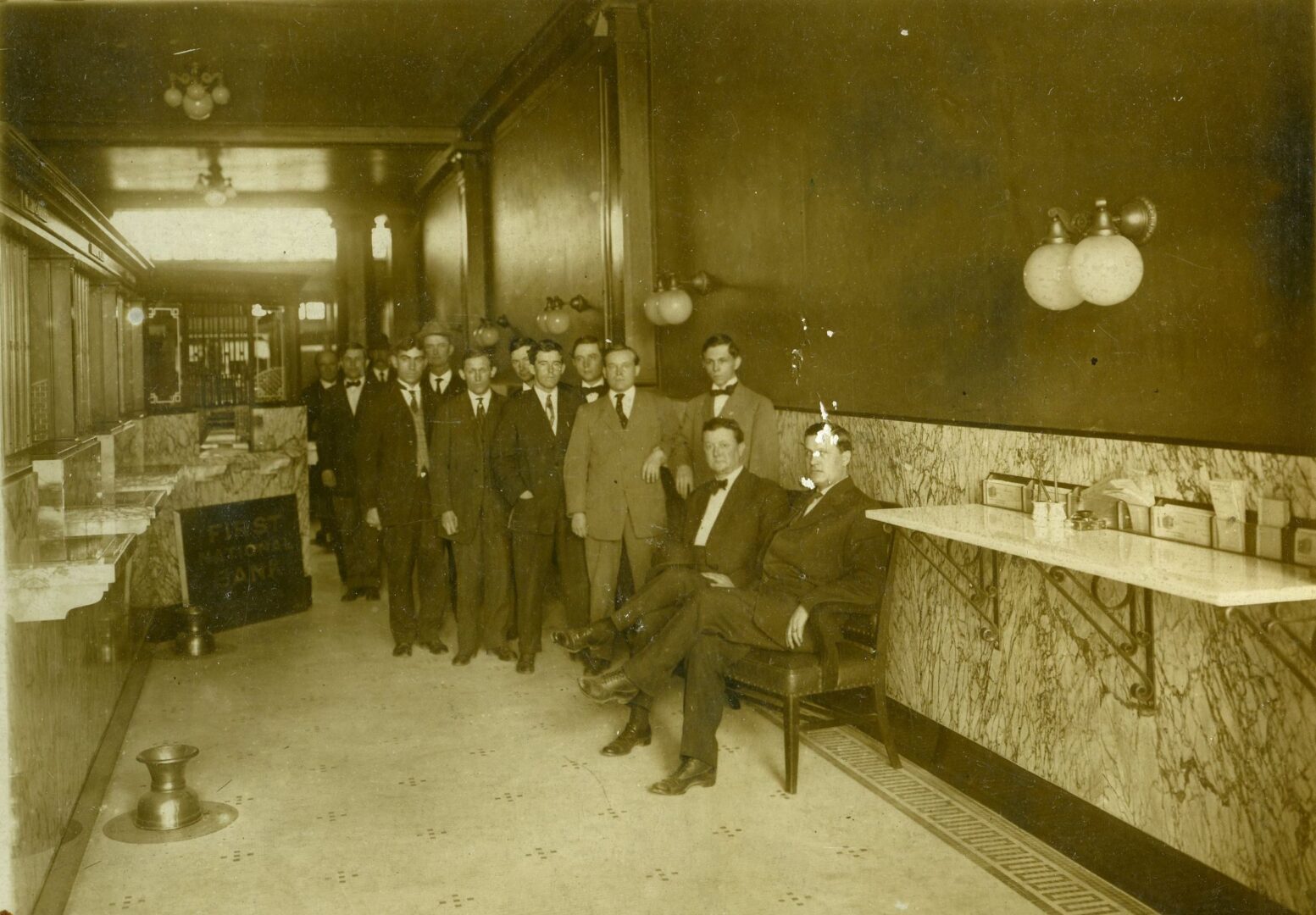
The institution quickly gained the support of the community, making it a successful venture, and for multiple generations, the McLallens kept successful business in banking. Perhaps its saddest day came in March of 1895 when E.L. McLallen, seemingly in good health, was struck with apoplexy and died in his consultation room in the rear of the offices. His loss was felt keenly by the community who recognized him as a wise businessman and supportive leader.
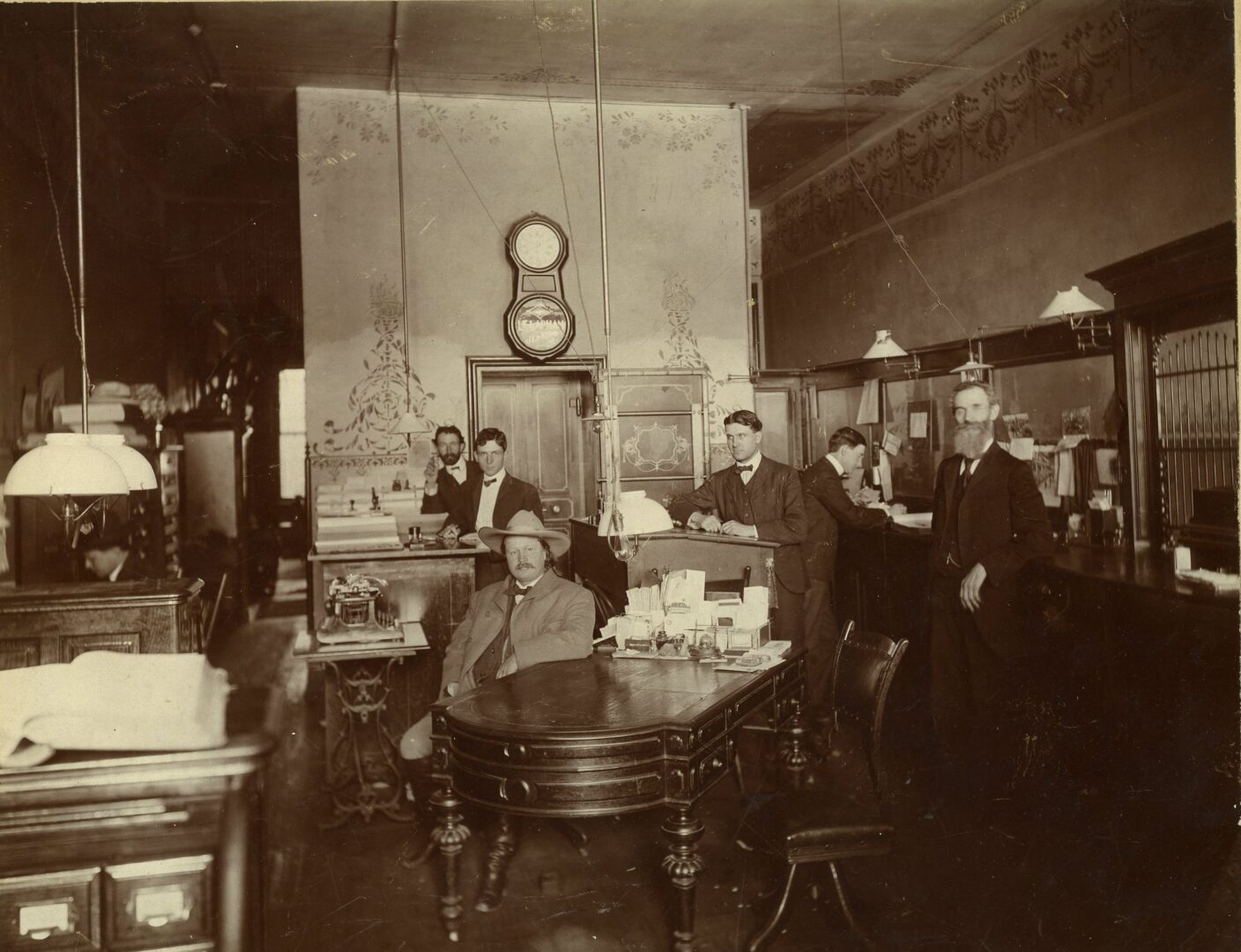
His business continued on in the family, and in February of 1904 it was reorganized to become the First National Bank. In 1909 it merged with the Columbia City National Bank, and the bank was moved from 118 to 120 W. Van Buren.
Thank you to Rachael Hartman for her outstanding research and writing of the article and the Whitley County Historical Museum for sharing photos from its collection.
𝑾𝒉𝒆𝒓𝒆 𝒂𝒓𝒆 𝑾𝒆: 𝑨𝒓𝒄𝒉𝒊𝒕𝒆𝒄𝒕𝒖𝒓𝒂𝒍 𝑯𝒊𝒔𝒕𝒐𝒓𝒚
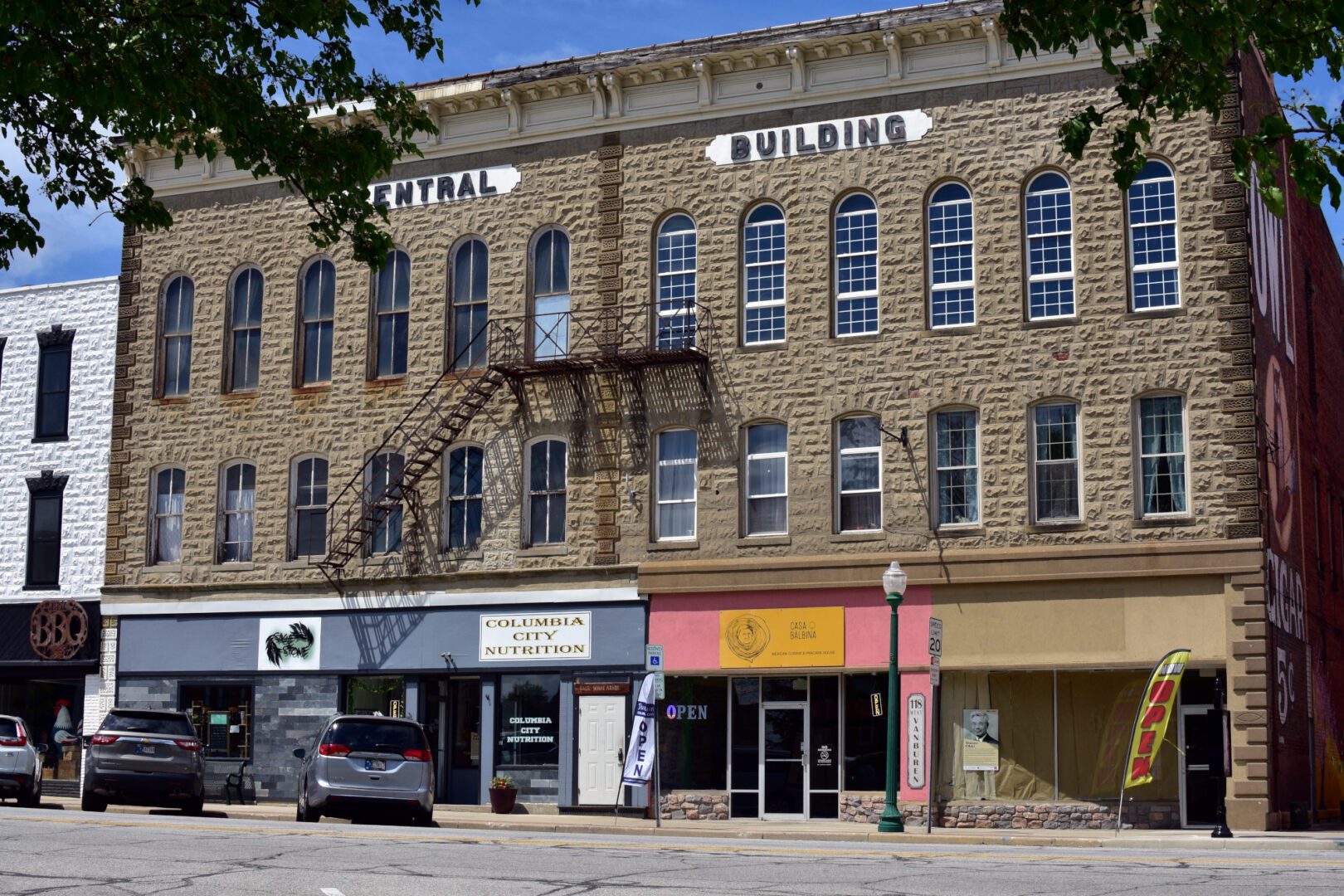
This is the Central Building on Van Buren Street! It is unique in that it is a parged (coated) brick building, in which the brick structure is covered with a stucco-like coating that is then formed to look like stone blocks. If you look closely in a couple of places, a bit of the coating has chipped off revealing the regular brick underneath.
The building corners, and down the middle, there are real stone quoins (blocks) from the original building architecture that project slightly from the façade in alternating sizes.
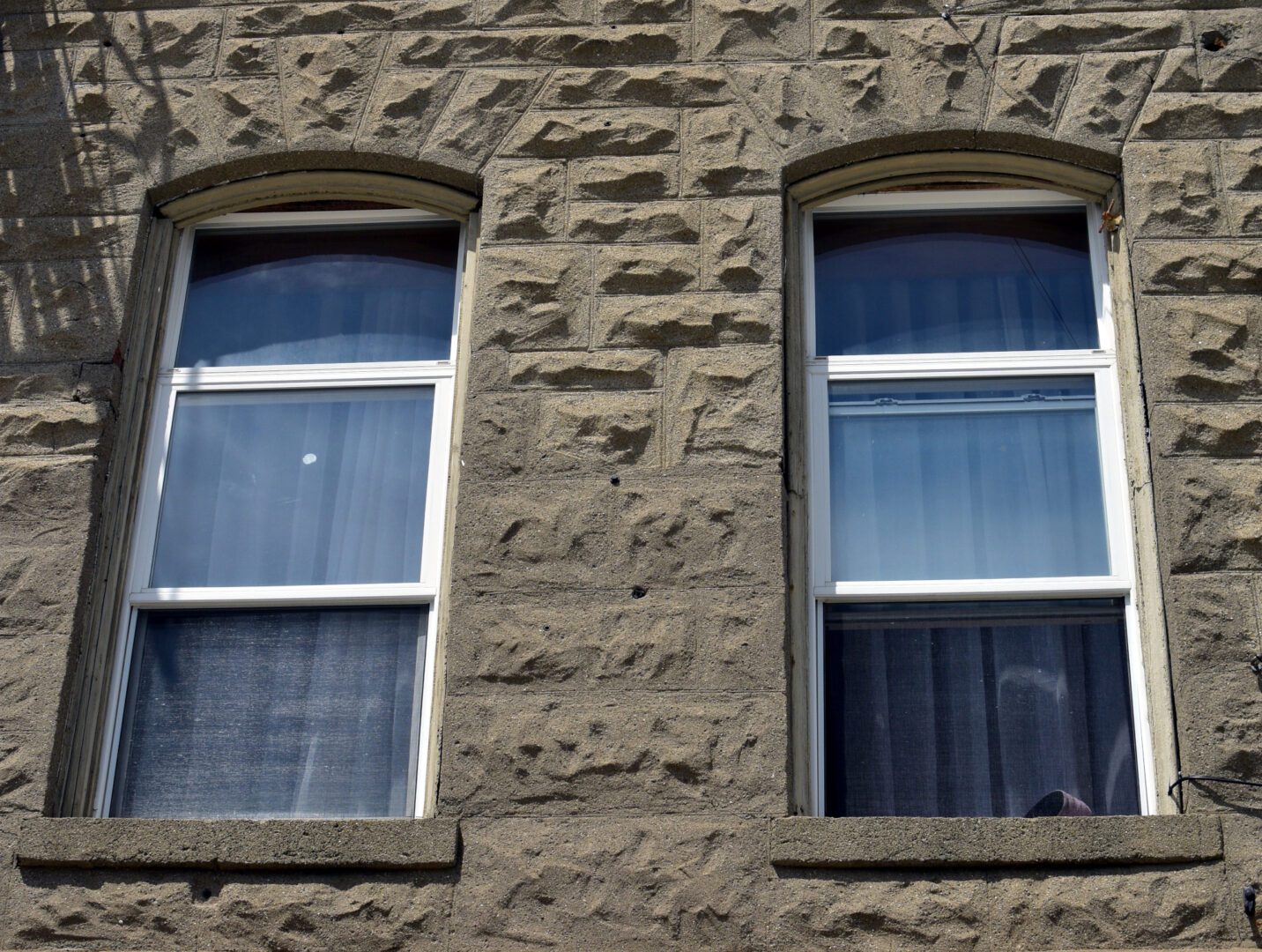
Also note that there are two ages of the parged coating: the main building has crisp stone-like surface, while that below the three second-story windows to the right of the center has a much softer appearance. This is because it was added after a bank’s columns and pediment façade was removed and the windows restored.
Thank you to Nathan Bilger for providing the recent photos and valuable insights into the architectural history.
For more on The Central Bulding, check out the Windows into History series at the Columbia City Connect’s website: Window into History: The Central Building – A Landmark of Columbia City – Columbia City Connect
